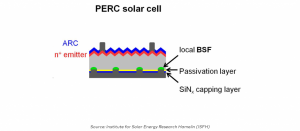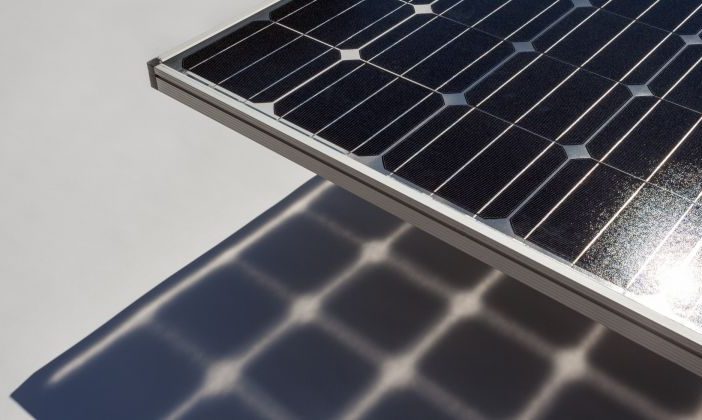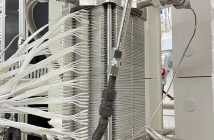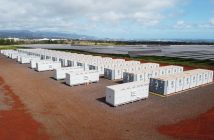No doubt in the last 2 years you have come across folk mentioning Bifacial PERC Solar Cells/Modules/Panels. This is because manufacturers of standard solar modules have reached their physical limits as far as performance output capacity goes. The PERC technology steps in to provide a higher performance output from solar modules at a lower cost, hence the increase in demand, particularly for utility-scale solar plants.
PERC technology is not new; it was originally introduced by Professor Martin Green from the University of New South Wales in Australia in 1983, with the first paper released in 1989.
PERC literally stands for ‘Passivated Emitter and Rear Cell’. It differs from standard solar cell technology in that performance is enhanced by making use of both sides of the solar cell to capture light. The technology improves performance by also capturing light near the rear surface which in turn optimises electrons capture. It is achieved by including a passivation layer at the rear of the module. It can be applied to both monocrystalline and polycrystalline cells.

At the moment it is horses for courses. While the cost of PERC module manufacture is coming down, it is still around 20% -30% more expensive than conventional solar modules. The performance is also determined by the amount of light exposure at the rear of the module. Most applications to date have been ground mount systems with tracking so that rear light/reflection is optimised. Improved performance of up to 25% is achievable. The technology is not practical on a roof mounted system where the module underside exposure is limited.
According to Energytrend, the global production capacity of bifacial PV cell has kept increasing and is estimated to reach around 40GW in 2019, with a large part of the growth coming from bifacial mono-Si PERC cells.
Concerns, however, have been raised of Potential Induced Degradation in PERC modules. There have been numerous papers and articles raising this question, and especially for polycrystalline PERC. It is quite serious as this kind of defect can completely damage the performances of a power plant.
Author: Bryan Groenendaal
Are you an IPP or EPC operating on the African Continent? Are you looking for standard or Bifacial PERC solar modules for your rooftop or utility scale project ? Risen Energy is a Top 10, Tier 1 PERC solar module manufacturer. We deliver to any country in Africa. Read more












